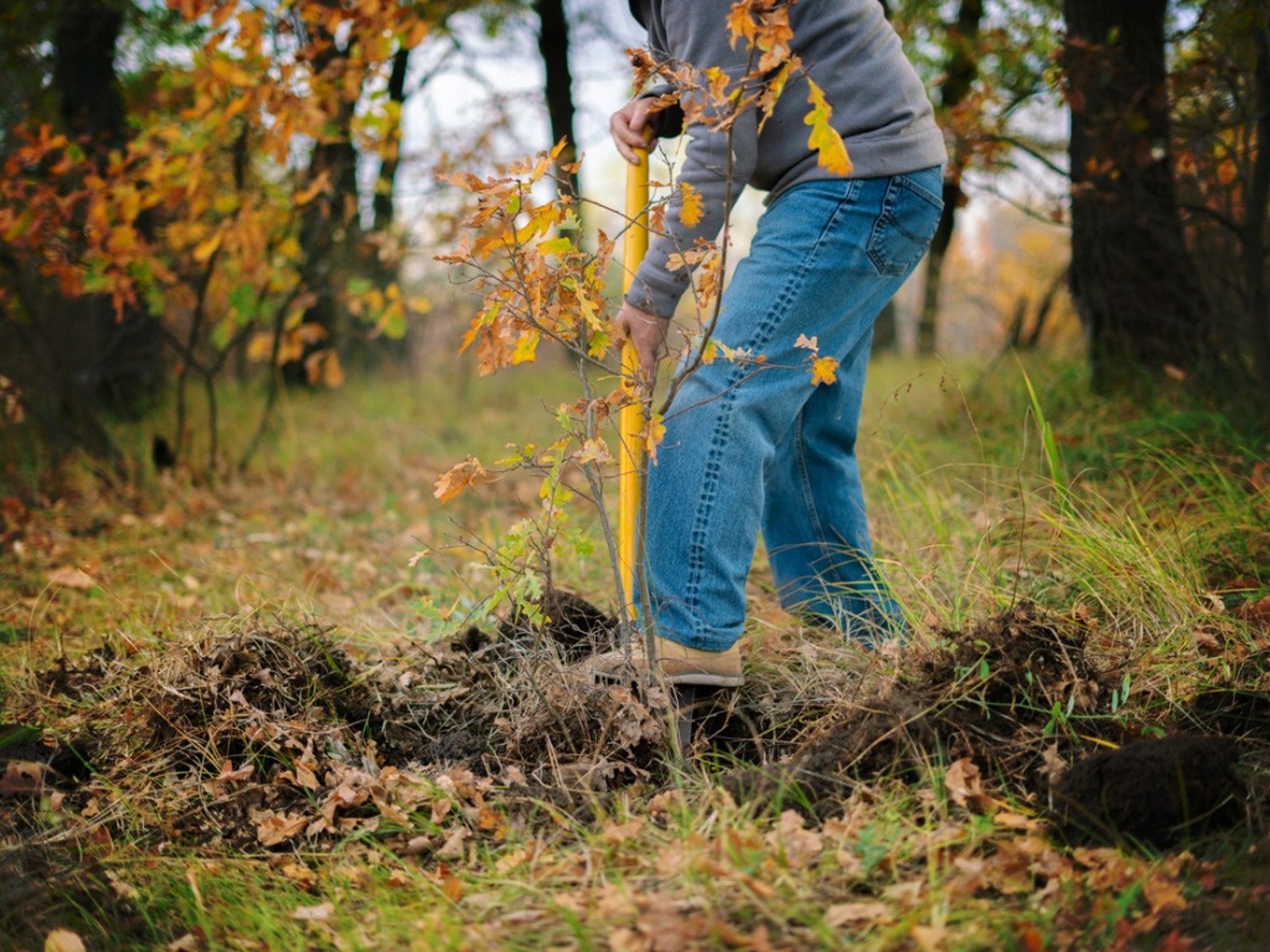How To Transplant Trees From Woods


When you are ready for more trees in your backyard, one inexpensive way to move forward is by transplanting trees from the forest. If you or a friendly neighbor has a wooded lot, this is a great place to begin.
If you are wondering how to transplant a tree from the woods, read on. We’ll give you lots of great tips on the timing and the process.
Transplanting Maple Trees from the Woods
If you wish to transplant deciduous trees, like maple seedlings, from a nearby wooded area, the very best times to act are spring and fall. The idea is to wait until the tree has entered dormancy or is just finishing its dormant state.
If you prefer spring, you’ll want to act before the tree has leafed. For an autumn transplant, wait until the leaves have fallen. This rule works when transplanting cedar trees from the woods as well, or any other deciduous tree.
The timing – early spring before leaf break or early autumn after leaf-drop – gives a deciduous tree the best chance for doing well in its new location. But you also have to perform the transplant with care.
How to Transplant Pine Trees from Woods
So what about evergreen trees? Evergreens have the advantage of providing year-round color and texture in your backyard. And they make excellent privacy or wind screens that work 12 months a year.
If you wish to transplant a pine sapling or other young evergreen, timing is a little different than for a deciduous tree. Like deciduous trees, evergreens can be dug up and replanted in early spring. But the second period isn’t early fall, but late summer. Think the middle of August to the middle of September.
Sign up for the Gardening Know How newsletter today and receive a free copy of our e-book "How to Grow Delicious Tomatoes".
This timing also works well when transplanting cedar trees from woods, or, for that matter, any young evergreen. But just adhering to this timing won’t be sufficient to make sure the transplant produces a healthy new tree. You’ll also need to follow a few basic transplant rules.
How to Transplant a Tree from the Forest
When you are transplanting trees from the forest, whether deciduous or evergreen, it’s important not to strip the soil from the roots. Dig up the rootball of the young tree. That means you need to dig around the roots and remove them with the soil still clinging to them. This protects the roots from damage and makes it more likely that the young tree will thrive.
You want the soil to be moist when you transplant so that it naturally clings to the roots. In time of drought, water the soil well three or four days before digging up a tree.
How big to make the rootball? That depends on the diameter of the trunk. A tree with a slender trunk – diameter of 1 inch (2.5 cm.) at chest-height – needs a root ball that is between 8 and 12 inches (20 and 30 cm.) in diameter. Double that if the diameter of the trunk at chest-height is 16 to 24 inches (40 and 61 cm.).
Digging and Transplanting the Tree
The actual procedure requires a spade and a small tarp. Use the spade to dig a trench. This should circle the tree and be some 2 feet (61 cm.) deep. At that point, go beneath the rootball with a sharp spade or shovel to cut any remaining small roots and soil at the bottom of the rootball.
Once that is accomplished, tip the young tree to one side. Place the tarp in the trench at the other side, then roll the rootball of the tree onto the tarp without touching the trunk of the tree. Wrap the tarp around the rootball and tie it with twine. This will help it get to its new location without losing soil.
Carry the rootball to the new location. Ideally, you will have already worked the soil to several feet deep and prepared a planting hole for the young tree twice as wide as the rootball itself. Place the rootball in the hole at the same level it sat in the soil at its former location. Fill the hole with water and let it drain into the soil, then fill in the outer edges of the new planting hole with extracted soil. Give the tree water regularly for the first year of its life in the new site.

Teo Spengler is a master gardener and a docent at the San Francisco Botanical Garden, where she hosts public tours. She has studied horticulture and written about nature, trees, plants, and gardening for more than two decades, following a career as an attorney and legal writer. Her extended family includes some 30 houseplants and hundreds of outdoor plants, including 250 trees, which are her main passion. Spengler currently splits her life between San Francisco and the French Basque Country, though she was raised in Alaska, giving her experience of gardening in a range of climates.